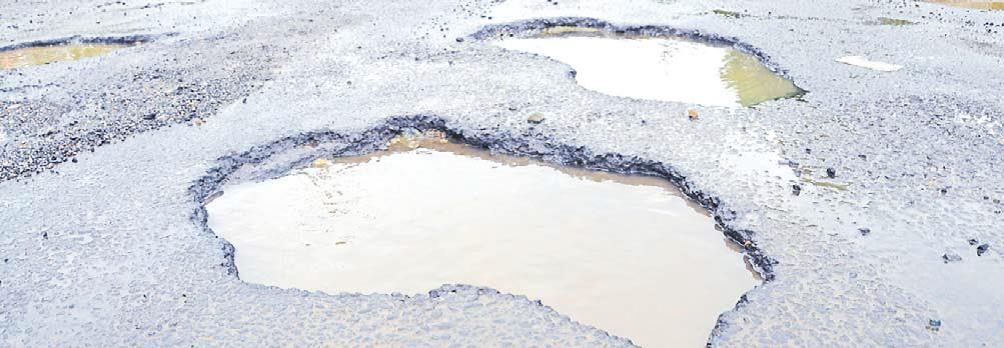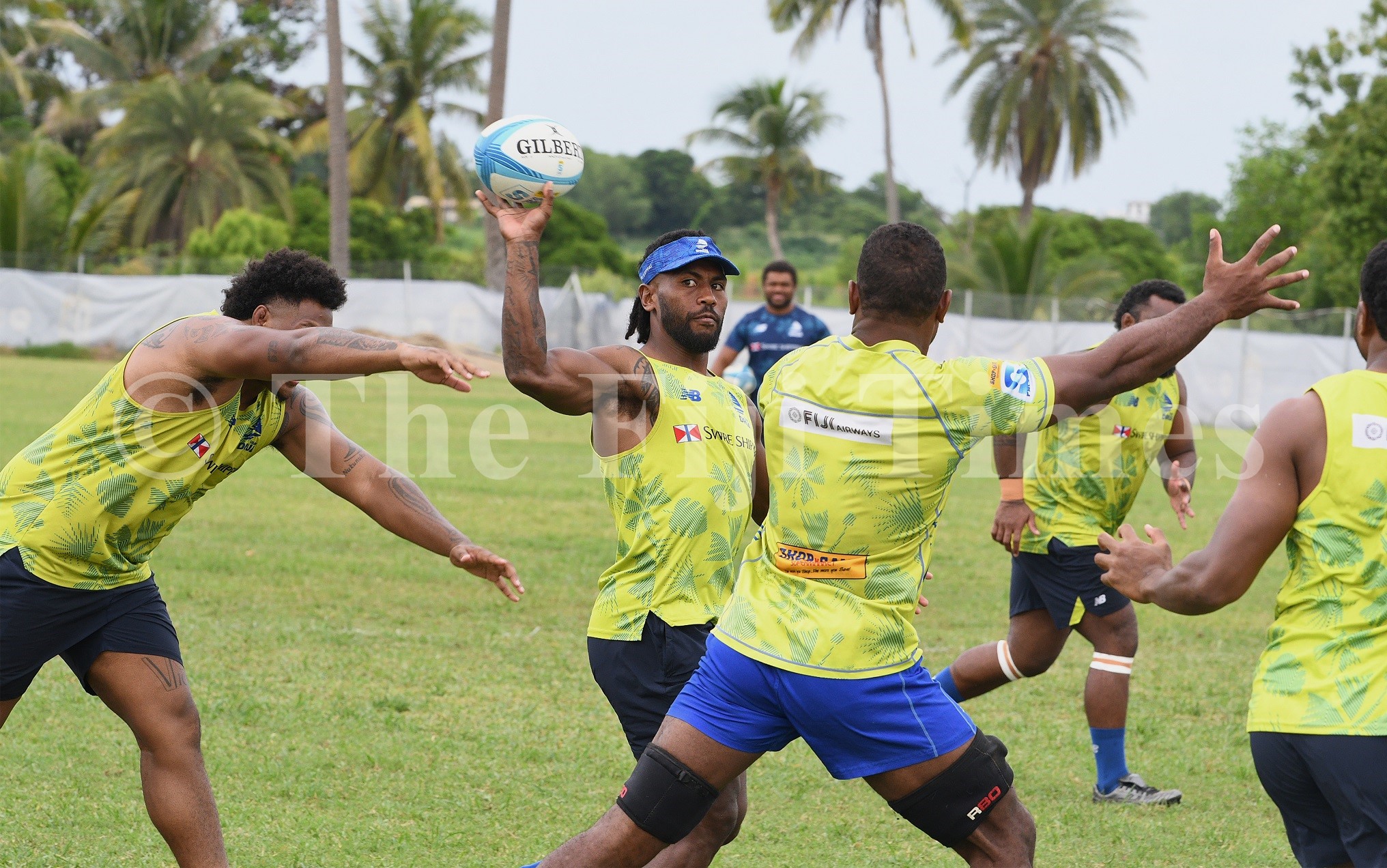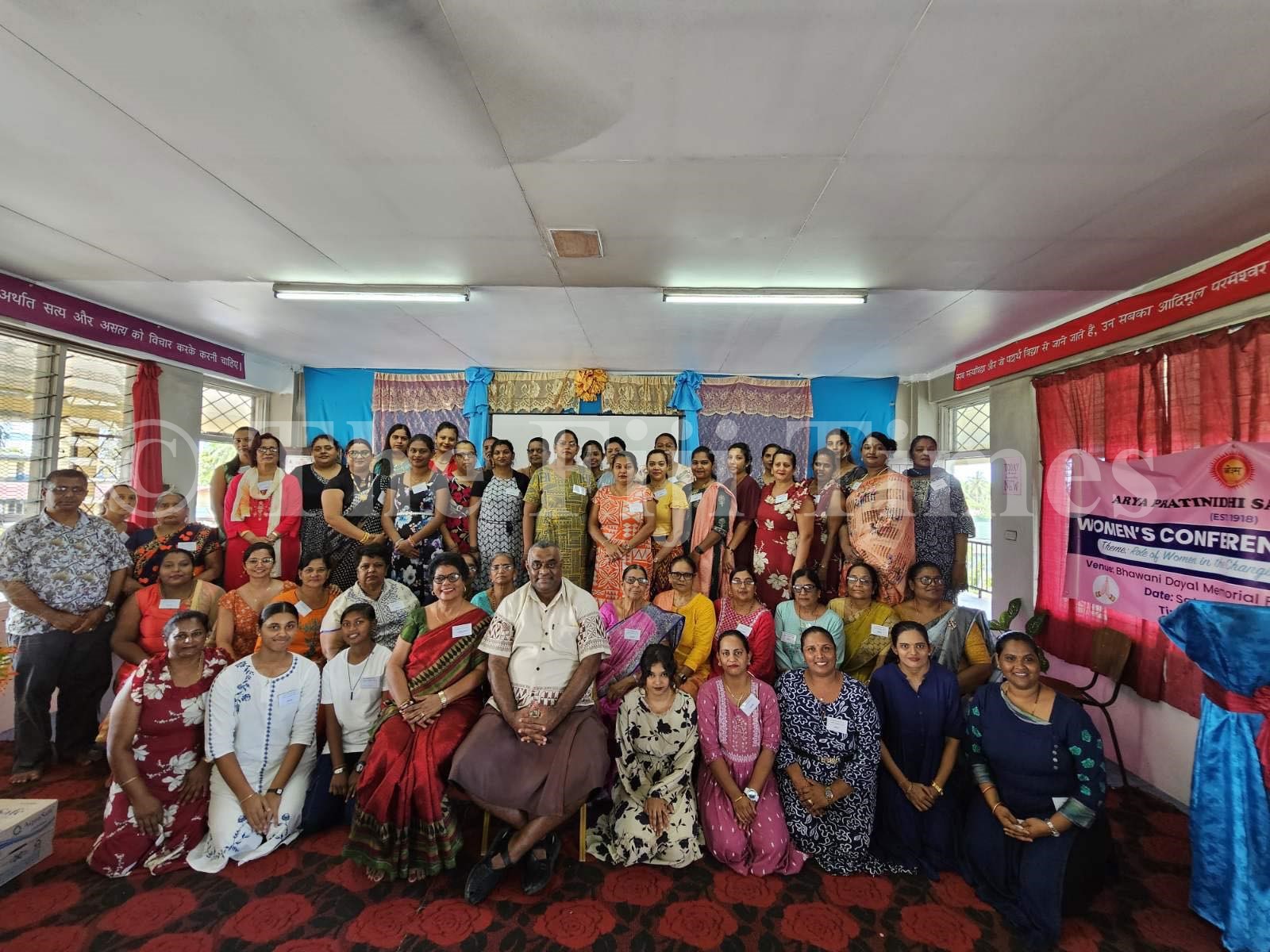Motorists around Suva refer to them as “hell holes” — potholes that have become permanent features of the Suva landscape.
They have become a nightmare to motorists — wrecking our vehicles, jarring our nerves and putting both motorists and pedestrians at grave risk.
Yet in the past seven years the FijiFirst government has allocated $3 billion to the Fiji Roads Authority to upgrade and maintain our roads.
In addition, in March 2015, the government signed a $US167.5 million ($F341m) agreement with the World Bank and the Asian Development Bank to fund the rehabilitation of our roading infrastructure under the Fiji Transport Infrastructure Investment Project (TIIP).
As per this agreement, the ADB was to provide $US 100.7m or $F205m (60 per cent of the loan), World Bank $US50m or $F102m (30 per cent) with the Fiji Government putting in $US16.8m or $F34m (10 per cent).
It was a five-year project, ending June 2020 (mid last year).
It centred around work on three major schemes — the Suva Arterial Road Upgrading Project (SARUP2), Queens Road Upgrading Project (QRUP) and Kings Road Upgrading Project (KRUP) from Ba to Wailotu.
But despite all this money pumped into the roading system, our roads are still in an appalling state of disrepair and disintegration.
Taxpayers have a right to ask why?
A World Bank report released last year: Restructuring of the Fiji Transport Infrastructure Investment Project sheds some light on what went wrong.
Project in problem
It says the entire scheme ran into difficulties from the beginning and was given a “problem” status by the World Bank.
By 2019, four years into the project, only 2 per cent of the funding had been utilised by Fiji.
“TIIP is in its fifth year of implementation period under the current closing date of June 30, 2020.
Project implementation got off to a difficult start with late effectiveness (17 months after approval) and very slow progress in the initial years, with frequent management changes, as FRA was not familiar with World Bank financed projects, was under-staffed, and did not have a development plan to guide them in their priorities,” the report says.
This is putting it mildly.
We all know of the controversies that beset FRA in its early years.
It was created in 2012 with the principal objective of making provision for the “effective management and administration” of our road system.
FRA under scrutiny FRA has been under expatriate management until September last year when the contract of the last expatriate chief executive Jonathan Moore expired and was not renewed.
The shocking state of our pot-hole riddled roads is clear proof that FRA has not delivered on its mandate to maintain and upgrade our road infrastructure.
Nor has it helped create local capacity.
Its first chief executive Neil Cook engaged the services of MWH Global (NZ) as its principal professional engineering services adviser for five years at an exorbitant cost of $45m.
MWH left mid-way through its contract in a haze of controversy.
In the past eight years, FRA has gone through three chief executive officers — Cook was succeeded by John Hutchinson who left after a short stint and was replaced by Jonathan Moore.
Cook also appointed three New Zealand contractors – Fulton Hogan, Higgins and Blacktop — to do the actual work for the next four-six years beginning January 2013.
He claimed locals lacked the expertise and capability needed for the job.
Our major infrastructure upgrading projects have gone to the New Zealand companies and to the China Railway group of companies.
Local contractors challenge the claim that they lack expertise and capability.
They point out that they are the ones doing the actual work as subcontractors anyway.
Under the practice so far, the contract is tendered out to expatriate companies who then subcontract it to local companies — acting
as middlemen and making easy money.
ADB, World Bank intervenes
However, the World Bank and the ADB are now putting an end to much of this practice, vindicating the stand taken by our local contractors.
Under a new arrangement following a project restructuring exercise, local contractors are now going to get equal opportunities to bid for jobs.
The two financiers had to step in with a rescue plan because with the project due to end in June 2020, hardly any work had been done.
By mid-2020 only 12 per cent of the funds had been utilised and that only after they intervened.
It begs the question — what was the Ministry of Economy doing all this time?
Was it closely monitoring the situation on the ground?
SARUP2
For instance, as per the WB report, the SARUP2 project did not move for years after the deal with ADB in early 2015.
This now explains why Suva’s roads are still in such a shocking condition of neglect.
SARUP 2 undertook to develop and upgrade 17 arterial roads in the Suva area.
The tender mfor the job was awarded to a Chinese company, as it was the lowest bidder.
The contract was awarded in March 2019 and the Chinese company was required to do both — furnish the designs and construct the roads.
But some eight months after the signing of the contract, the contractor had failed to submit a design on any of the 17 roads, let alone begin construction work.
FRA terminated its contract in November 2019.
At the same time, in December 2019, ADB suspended funding for the SARUP2 project because of non-compliance with its procurement requirements.
With the entire funding agreement due to end in mid-2020, the Economy Ministry finally stepped in to take remedial action.
Tender process questioned
It was decided to split the work.
The design process was outsourced to a consultant to do designs for all 17 roads.
No doubt at the insistence of the financiers, the Ministry and FRA had to stop the practice of giving jobs to the lowest bidder.
It was decided to change the evaluation process from the lowest bid price to a quality and cost-based tender.
As a result, technical considerations were to be given more weight than price considerations, enabling the most qualified bidder to be selected, says the report.
Under the previous practice, it said, some bidders with solid credentials chose not to bid because of “abnormally low bids by some foreign contractors”.
Also, local contractors several of whom had all the necessary expertise and capability were being blocked out.
The SARUP 2 was restructured and reduced in scope to $US48m, however, funding for it will not be available until this year as the new deal is expected to be signed this month.
The Fiji Government then decided to refinance five arterial roads with its own funds, based on the most urgent.
To avoid the risk of non-performance, the job has now been split between four contractors.
One of the casualties of the reduced scope of SARUP 2 is the highly ambitious $15m upgrade of the Queen Elizabeth Drive with a four-lane carriageway requiring the reclamation of part of the sea near the Nasese Bridge.
Work on this had begun late in 2019 under Jonathan Moore’s tenure.
FRA’s acting chief executive Kamal Prasad announced last week that FRA will be abandoning the ambitious project and will now simply work to upgrade the road — which by the way is in an appalling condition — within its current parameters.
Projects restructure
The rest of the TIIP has also now been restructured following the new guidelines which puts emphasis on quality bidders rather than one with the lowest bid.
It will no longer finance the construction of bridges, wharves and jetties.
Primary emphasis will be on road works with World Bank safeguards in place.
Says the report: “As part of the preparation of the tender documents for KRUP, FRA has included a change in the tender evaluation process from the traditional lowest bid price to a quality and cost-based tender evaluation for all future subprojects, to ensure that more emphasis is placed on quality of delivery.
“This new approach is expected to allow FRA to encourage more contractors to submit bids and to avoid the previously limited competition under the original SARUP2 whereby some bidders, although with solid credentials, decided not to bid as a result of their perceptions of possible dumping practices or at least abnormally low bids by some foreign contractors.
“This approach is expected to save time during implementation, by selecting the most qualified bidder.”
The World Bank says the scope, design and tender documents for the three major contracts (SARUP, KRUP and QRUP) are to be signed and implemented this year.
The state of our roads is a national shame.
The unnecessary five-year delay caused to the implementation of the ADB/WB project shows shocking incompetence.
The Ministry of Economy and the FRA Board must take responsibility for the extremely unacceptable state of affairs revealed in the WB report.
Was the FRA a mistake?
Should we not have retained PWD?
- MAHENDRA P. CHAUDHRY is a former Prime Minister of Fiji and the leader of the Fiji Labour Party. The views expressed are his own and do not necessarily refl ect the views of this newspaper.





